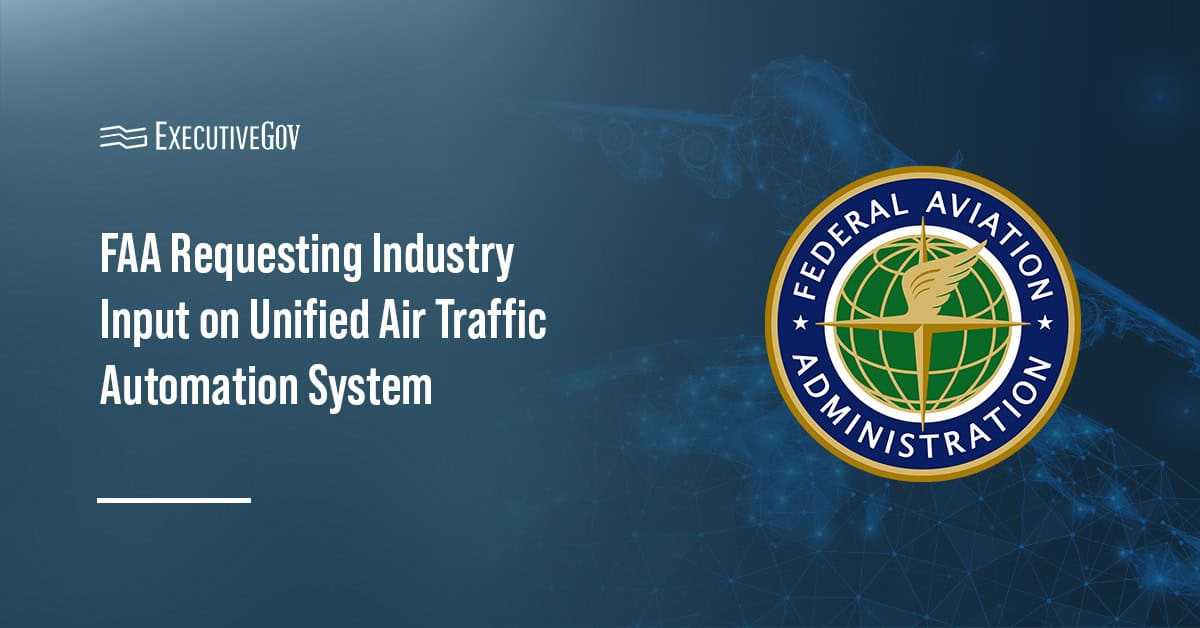
The U.S. Air Force’s 412th Test Wing conducted an expanded carriage test for the B-1B Lancer aircraft to demonstrate the bomber’s weapons integration feature. The aircraft held a Joint Air-to-Surface Standoff Missile through the use of a pylon during the flight test, Robins Air Force Base said Friday.Â
“The purpose of the demonstration was to show that we’re still able to move the bulkhead from the forward intermediate bay to the forward location; increasing the intermediate bay capacity from 180 inches to 269 inches,” said Lt. Col. Dominic Ross, B-1B program element monitor at Air Force Global Strike Command.
Ross noted that the aircraft can hold weapons externally through six of its hard points. According to Ross, the aircraft may carry 24 weapons based on the pylon attachment and is designed to comply with the New Strategic Arms Reduction Treaty.





